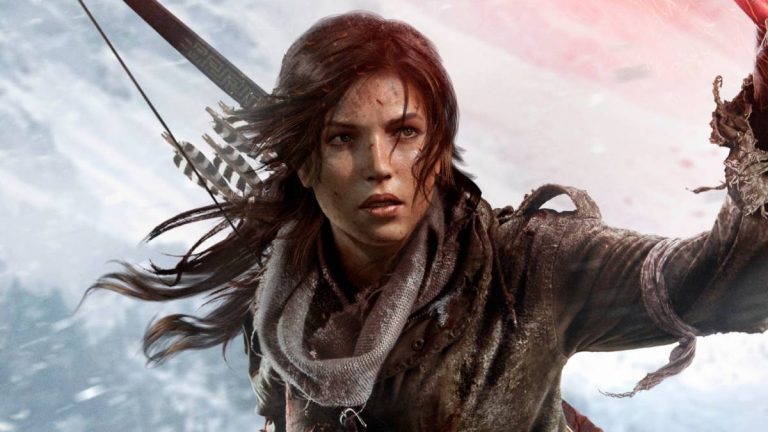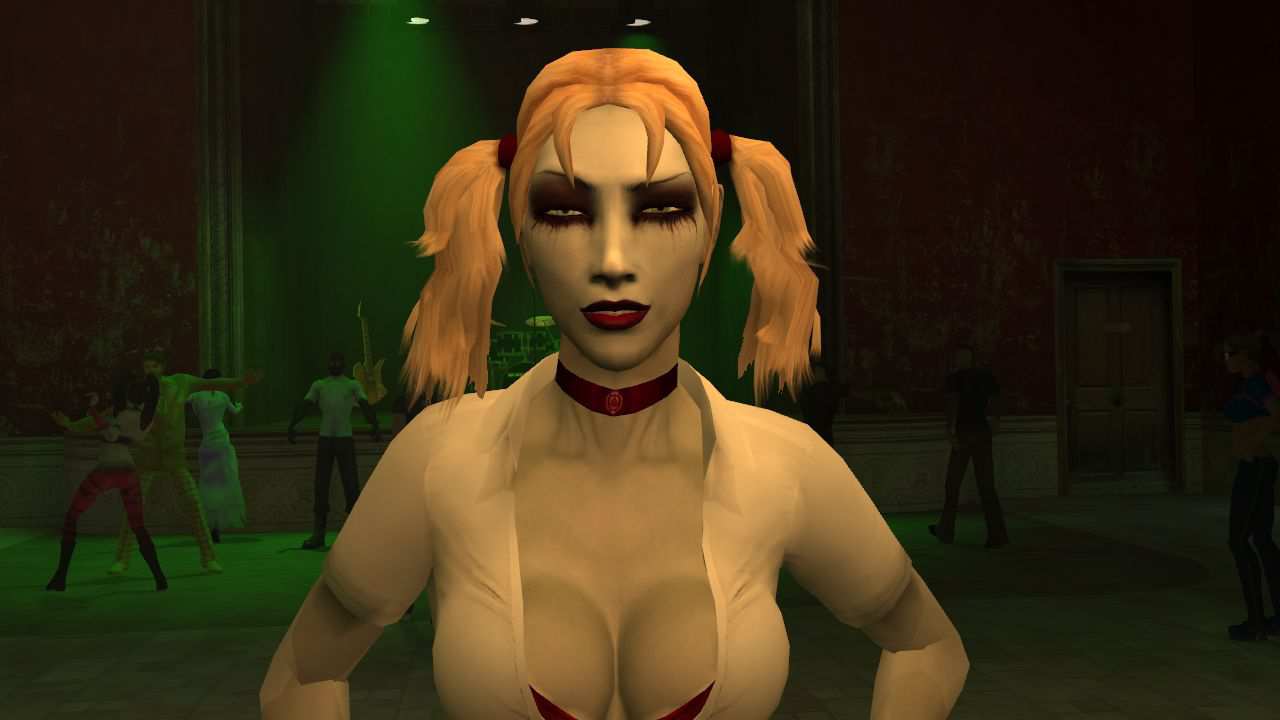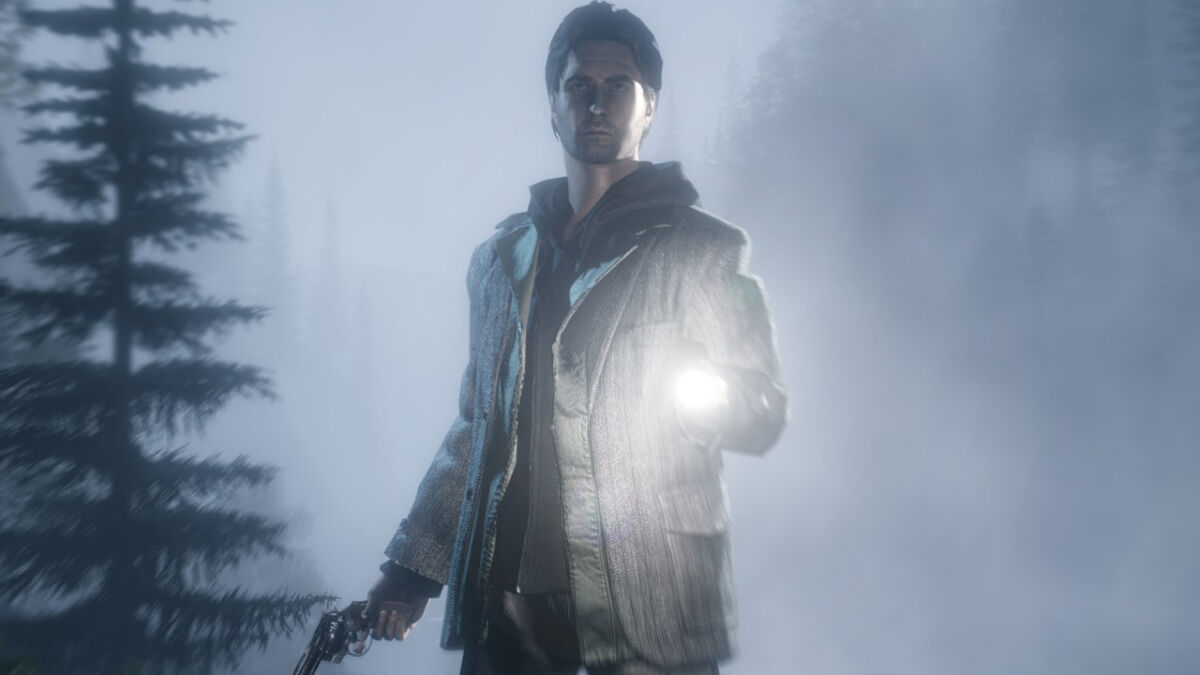At a certain point, it feels like the success or failure of a game can be completely arbitrary. Developers and/or publishers can do absolutely everything right in the production of a video game, but due to a decision outside of their control, or even just one tiny little slip up, can mean the difference between a game’s success or failure. Sometimes, that one factor can just be the timing of a game’s release, as the release date of various games has done more harm than good.
Oh, you need some examples? Fortunately for you, we’ve compiled a list of 20 games that faced plenty of difficulties just because of their chosen release date. Whether it was due to the launch of another game either before or afterwards, the result of some silly decision-making, or because of an unfortunate world event, there’s plenty of choices to sift through.
1. Titanfall 2
Probably the most egregious release date related murder on this list, we could spend literally days talking about how Titanfall 2 was sent out to die. The idea of a game being launched alongside another game that’ll achieve an almost insurmountable level of success is one that’ll crop up often as we go through these entries, but Titanfall 2 feels like the most spectacular case of friendly fire ever.
Besides the fact that the first game was an Xbox exclusive when Titanfall 2 wasn’t, meaning PlayStation fans were shocked to see TF2 on their storefronts, what really killed Titanfall 2 was its release date. Launching a game in October or November of any given year can be brutal, as developers and publishers tend to go all out for the Christmas rush, but Titanfall 2 managed to find itself sandwiched between both Call of Duty: Infinite Warfare and Battlefield 1. Considering Electronic Arts published both BF1 and TF1, it’s hard to not feel like EA intentionally sent Titanfall 2 off to die.
2. Vampire: The Masquerade – Bloodlines
PC RPG fans were likely looking forward to the release of Vampire: The Masquerade – Bloodlines, as being able to explore a supernatural open world as one of the most powerful creatures in folklore is always an enticing premise. Regretfully, developers Troika Games weren’t able to fully execute their vision for the World of Darkness back in 2004, and while some negative critical reception certainly contributed to the game’s lack of success, other factors were in play too.
For starters, Vampire: The Masquerade – Bloodlines managed to launch on November 16th 2004, just the day before Metal Gear Solid 3: Snake Eater launched in North America, which was considered to be one of the most anticipated games of all time at that point. Perhaps the only game more anticipated than MGS 3 was Half-Life 2, which also happened to launch on November 16th. Whoops. Vampire: The Masquerade even ran on Valve’s Source engine, and Troika’s contract with Valve stated that Vampire couldn’t launch before Half-Life 2. Troika had planned on launching Vampire a few months after Half-Life 2, but publisher Activision rushed the game out the door, and the rest was history.
3. Alan Wake
It’s usually never a good idea to release a game on the same day that Rockstar is planning to release something, which seems like even better advice now that the time between each Rockstar game can be measured in dog years. Back in the 2000s to early 2010s though, Rockstar were a more prominent part of the game release schedule, which is why Remedy probably thought they’d be safe to release Alan Wake on May 18th, 2010 in the US.
Hindsight is 20/20 though, and the original Alan Wake just so happened to launch in America on the same day as Red Dead Redemption, Rockstar’s amazing open-world western and one of the best games on the seventh generation of consoles. Now, Alan Wake is a horror shooter as opposed to just “GTA in stetsons”, so the two games aren’t the most comparable, but for the discerning gamer who might not have the money for both games at full price, sacrifices need to be made. For many, Red Dead was the winning choice.
4. Mad Max

Turning the Mad Max series of films into an open world game has to rank among the smartest video game adaptation decisions of all time. You’ve got a big open world to explore, even if the majority of it is just desert with different bits of scrap littering the landscape, and a never ending supply of bandits to deal with; it’s the perfect premise. Avalanche Games clearly felt the same when they were working on this game, and while time has been a lot kinder to this decent adventure, launching on the same day as Metal Gear Solid V didn’t help.
Both games started to launch on September 1st, 2015, with Mad Max receiving a staggered release in the days following depending on the region you were in. Like other instances in this list, Metal Gear Solid V: The Phantom Pain just happened to be another open world game launching on the same day, splitting gamers in two different directions. The majority went for MGS V, propelling it into becoming one of the best selling games of the entire year, and while it was just behind MGS in the UK, Mad Max was merely the 8th best selling game in the US during September 2015.
5. Rise Of The Ronin

Team Ninja games don’t tend to be huge sellers at the best of times, with the only real exception to that rule being Nioh. The Japanese developers create games for a hardcore subset of gamers, making them pretty niche, but Rise of the Ronin had all the tools and features to be a real mainstream hit. The success of Ghost of Tsushima proved that there’s a desire for large scale open world samurai games, and Rise of the Ronin offered that in spades, only with the addition of a glider. If anything, that should make Rise of the Ronin better.
It seems like Koei Tecmo were expecting Rise of the Ronin to achieve Tsushima levels of success too, as reportedly, they were expecting the game to sell over 5 million copies, an achievement Rise of the Ronin could have achieved if it didn’t launch in the middle of Dragon’s Dogma 2 and Princess Peach: Showtime. Dragon’s Dogma 2 is probably the more comparable game of the two to Rise of the Ronin, but people have been looking forward to a Peach fronted game for years, so we wouldn’t be surprised if that played a factor too.
6. Battleborn
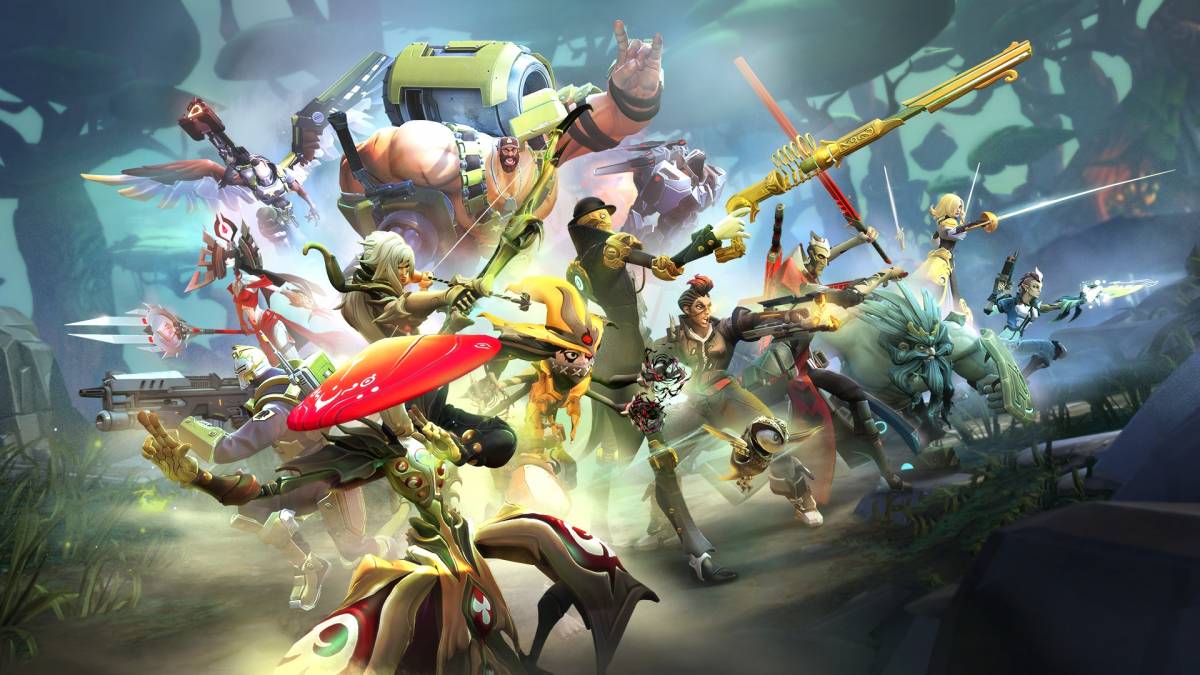
Geez, do you remember Battleborn? We wouldn’t be surprised if all you had right now was the puzzled expression on your face, as Battleborn seemingly died just as quickly as it arrived, and the hero shooter from Gearbox certainly had its work cut out for it when it launched in May 2016. That month alone would see the release of blockbuster games like Uncharted 4: A Thieves’ End and the reboot of DOOM, making it a pretty crowded month for any game to launch in, but then May 24th 2016 really hammered that final nail in Battleborn’s coffin.
May 24th would see the release of Overwatch on PC and consoles, which has since become one of the most popular hero shooters ever released, after Team Fortress 2 of course. Truthfully, Battleborn and Overwatch were two completely different beasts entirely, with Battleborn offering a PvE experience while Overwatch was strictly PvP when it first launched, but to the layman, all casual fans saw was two different hero shooters. Naturally, the public went for the one owned by Blizzard, leaving Battleborn to die in obscurity before too long.
7. SOCOM 4: U.S. Navy Seals
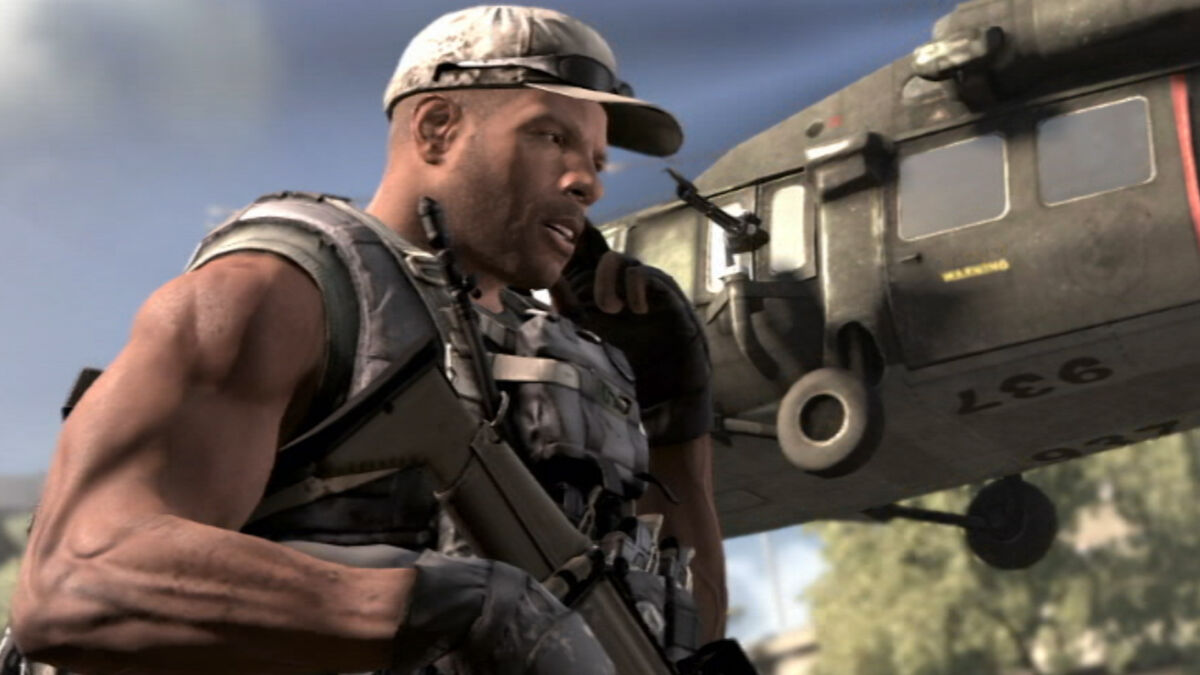
When we say that games can die for reasons entirely out of the developer’s responsibility, SOCOM 4: U.S. Navy Seals is perhaps one of the biggest examples of that. During the early to mid-2000s, SOCOM had cemented itself as the primo online shooter experience not named Halo 2, so when Sony finally got the PlayStation Network up and running for the PS3, the timing felt right for a new SOCOM game to take advantage of the advanced infrastructure. The results were less than stellar.
While reviews for SOCOM 4 were quick to deride the game’s campaign as lacklustre at best, many agreed that SOCOM 4’s real chance to shine would be with the game’s multiplayer. That’s what SOCOM was known for, after all, but fate had other plans. Around the same day that SOCOM 4 launched, April 19th, 2011, PSN was the victim of a malicious attack, which forced Sony to bring down the PSN servers for over three weeks. Kind of hard to play a game like SOCOM 4 online when there’s no servers at all to access.
8. Rise Of The Tomb Raider

Like other games on this list, the release date isn’t the only issue that stopped Rise of the Tomb Raider from becoming a breakout success when it launched. Some fans weren’t entirely happy with the game only launching on Xbox One and Xbox 360 in November 2015, with the game only launching on PC about two months later. Meanwhile, the PS4 version would take almost an entire year to materialize, while the game’s pointless microtransactions for the Expeditions mode drew plenty of ire too.
What proved to be Rise of the Tomb Raider’s biggest obstacle though was the fact that it was launching on the same day as the highly anticipated Fallout 4. Trying to launch on the same day as a huge Bethesda game is usually not a recipe for success, and Rise of the Tomb Raider was no exception, as Rise of the Tomb Raider fell behind Fallout 4, Call of Duty: Black Ops 3 and FIFA 16 in the UK sales charts. Meanwhile, when the game finally launched on PC, it outsold the Xbox One version at a scale of 3:1.
9. Minecraft Earth

It’s weird to think of a Minecraft game failing, given that it’s one of the most popular franchises in gaming history. Sure, they might have a few stumbles with games like Minecraft Legends, but there’s only really been one true Minecraft flop, and that’s Minecraft Earth. Trying to launch some kind of augmented reality mobile game after the release of Niantic’s Pokemon GO is risky at the best of times, but that didn’t stop Mojang and Blackbird from giving it a try.
The game played how you’d expect, with players able to go out into the real world and build Minecraft structures using augmented reality. Other players could even join in and collaborate on these “Buildplates” too, which is a pretty neat idea in all honesty. The problem was that Minecraft Earth happened to launch into Early Access in October of 2019, and as we all remember, the world was brought to a standstill about six months later thanks to a global pandemic. Nothing’s going to end a game about outdoor socialization quicker than a good old-fashioned “stay-at-home order.”.
10. Everquest 2 (and most other MMOs post-WoW)
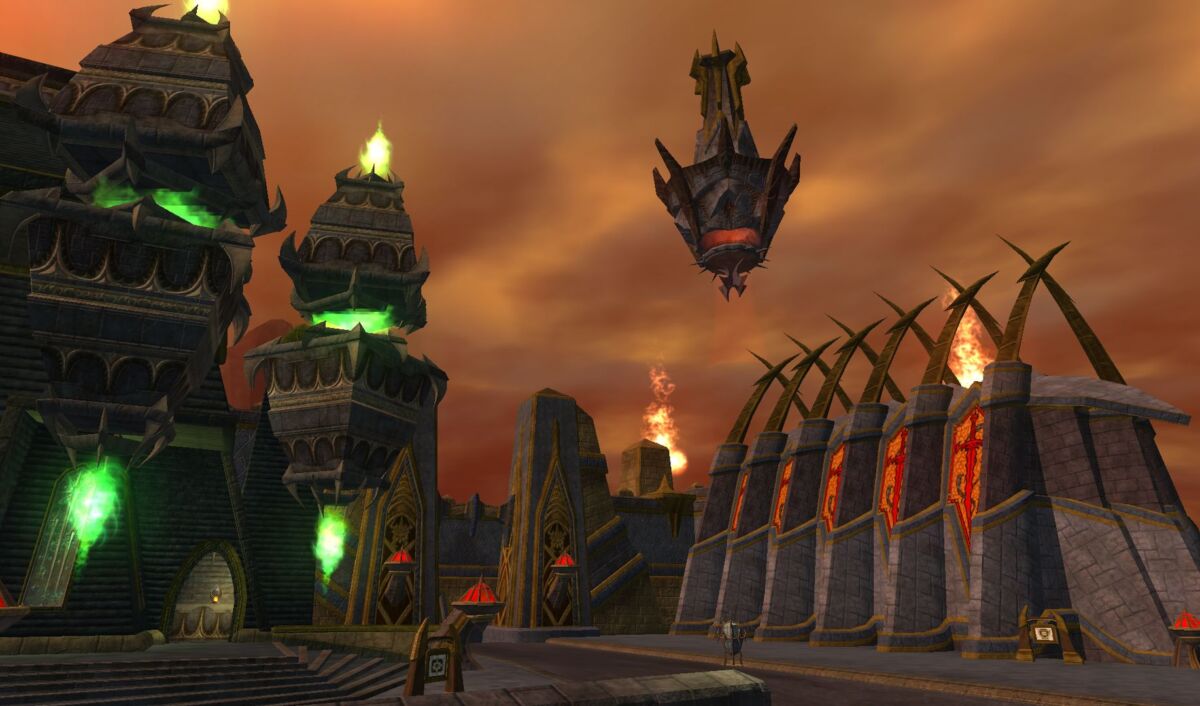
So that Battleborn situation wasn’t the first time that Blizzard came in and steamrolled a similar video game, as the Irvine-based outfit has had a chokehold on the MMO genre for two decades now. However, it could have been completely different, had Everquest not launched two weeks before the release of World of Warcraft. A genuine MMO contender, blown out of the water almost immediately by a game that would go on to become one of the most successful games of all time. At least you could say you were beaten by the best.
The question is, would Everquest 2 have become the huge hit that WoW became if it didn’t have World Of Warcraft stood in its way? Reviews for Everquest 2 were broadly positive, and the game managed to achieve 300,000 active subscribers in just two months. Meanwhile, Blizzard’s MMO juggernaut managed to become the best selling game of 2005 and 2006, so it’s clear who won that competition. Despite living in WoW’s shadow though, Everquest 2 is still kicking around to this day, with another expansion planned in 2024.
READ MORE: 25 Best PS5 Games You Should Play
Some of the coverage you find on Cultured Vultures contains affiliate links, which provide us with small commissions based on purchases made from visiting our site. We cover gaming news, movie reviews, wrestling and much more.


